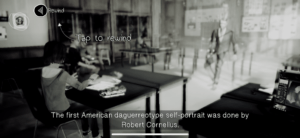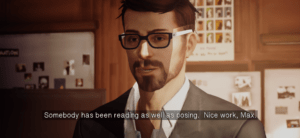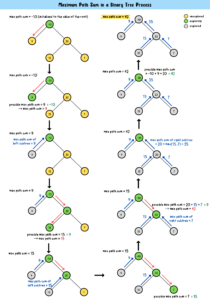For this week’s critical play, I played Life is Strange. Life is Strange is a narrative-based video game released by Dontnod Entertainment in 2015. It was released as a series of episodes across several platforms (including XBox, Playstation, iOS, Desktop, etc) and aimed at players who were 16+ years old. However, it specifically resonated with teenagers and younger adults due to the nature of the narrative. The narrative itself follows the main character, Max Caulfield, who is a high school photographer that discovers she can travel back and forth in time and reverse high school-esque events. The game is an excellent way to explore the implications of decision-making, feelings/emotions around the outcomes of such decisions, and the imaginative ability to change things if one could.
In Life is Strange, the episodic narrative is woven into the mystery through the players’ ability to turn back time, manipulate events via newfound contextual awareness, and explore distinct outcomes via taking diverse decision paths. It is this ability to turn back time that drives the narrative forwards and unravels the mystery of investigating Max’s best friends’ disappearance in the game. For example, consider a scenario in gameplay where the player has to make a high-stake decision through Max’s lens (i.e., effectively following the story arch by conversing with the professor). Then, they learn a crucial detail that would have been useful in answering a question from the past and enabled them to follow a different decision path. At this stage of gameplay, such players (namely, me) may have feelings of regret or “what ifs” that describes the desire to explore a different path. In this game, such players can then rewind time with this newfound knowledge and choose to actually explore that path (as shown in the screenshot below).


It is noteworthy that there are inherent constraints to the narrative arch; for example, there are only a possible number of explorations you can embark on and events you can manipulate. Through each decision scenario, one advances the plot and storyline, but can go back and explore a competing one as well. The value of rewinding the game with additional context awareness and foresight allows players to not only have narrative-based fun, but also a unique discovery and exploration-based experience where they can understand the relationship between certain actions and their immediate consequences on the storyline.
As a game design researcher, I view the narrative arch and gameplay as a classic binary tree exploration and search. For example, one can traverse the tree in one direction, but choose to take a step back and explore another path from the parent node. Similar to the gameplay, the gameplay offers a cause-and-effect style narrative loop where the player can make a choice, witness its consequence, rewind time, and explore another choice. Regardless, there is a broader narrative arc where regardless of choice, the plot of the game advances, unfolding the central mystery, and converging at a similar outcome (if not the same) at the end of the game. It reminds me of games such as the storyline in Prince of Persia or Grand Theft Auto where you can make decisions to alter time and revisit situations with newfound knowledge/foresight. However, a key improvement to the gameplay would be to diverge the outcomes of the choices one can make for dramatic effect and to instill a element of thrill and action-adventure into the gameplay (i.e., drastically different outcomes for a given choice). Additionally, adding a time constraint during when one ought to make a decision with additional foresight would add more thrill or pressure that I found was lacking in the gameplay.

Ultimately, the central game mechanic of the gameplay (rewinding time) creates a dynamic, interesting story arc that gives players a certain amount of freedom to explore choice and their effect in narrative storytelling. As I was playing the game, exploring different paths, uncovering insights, and using those insights to revisit the same choices/questions and take different paths was really rewarding. Juxtaposed with “what-if I had done X” scenarios in the real-world, this game was a play on my own imagination and a rational yet logical exercise in decision-making and how they alter narratives.



